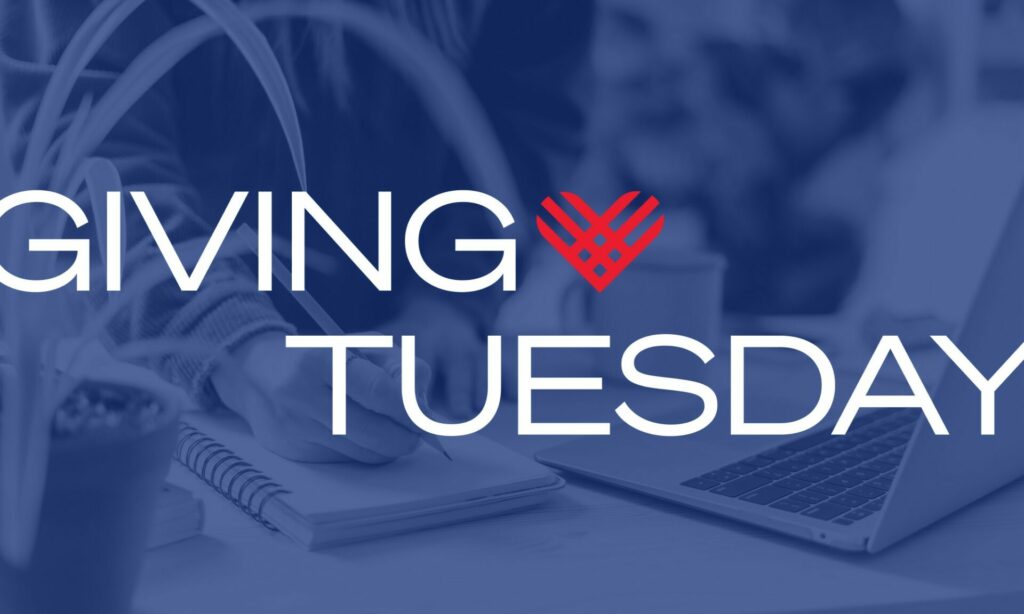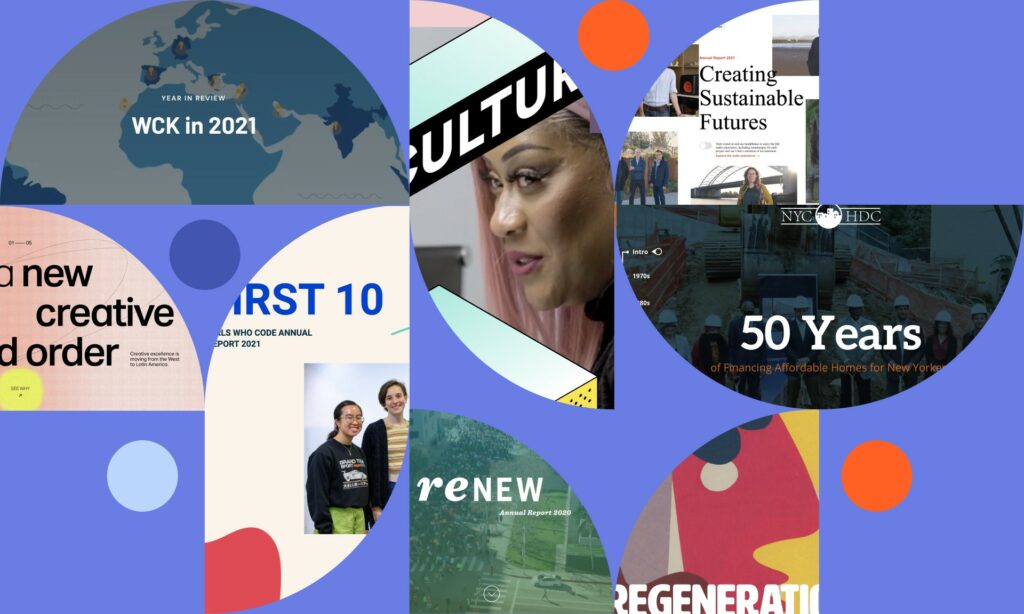
Like many organizations, we’re concerned about climate change. We’re part of the B Corp Climate Collective Net Zero 2030 movement, and we’ve been working with Offset Alliance to measure and offset the emissions we can’t outright eliminate.
Naturally, our role as website creators has sparked conversations about the impact of the products we create.
If the internet were a country, it’d be the 6th largest CO2 polluter globally, emitting approximately the same amount as Germany. It’s a footprint that’s growing rapidly, with two-thirds of the world population expected to be online by 2023. Some estimates anticipate that the internet will account for 14% of global electricity consumption by 2040. Since the majority of the world’s electricity is not generated from renewable sources, this makes the internet the largest coal-powered machine ever created.
So here are three key ways to make your website more sustainable and why these are win/win scenarios:
User Experience
We typically think of users spending time on our site as a good thing, and it certainly can be. It can mean that users are enjoying our content and engaging with the features we’ve created. It can also mean they’re spending a lot of time searching (and not finding) what they’re looking for. While this isn’t a great experience for the visitor, it’s also not great for the environment. More page views equals more server resources equals more carbon emissions.
The main goal for most websites is to make sure that people find exactly what they need as quickly and efficiently as possible. Modern internet use tends to be more transactional with the user landing on your site with a specific intent such as reading a blog post, searching out a resource, making a donation, etc. Thoughtful information architecture coupled with good content strategy and UI design makes it as easy for a site visitor to complete their task and minimizes wasted time and resources, creating a win/win scenario for both the site visitor and the environment.
Performance Optimization
Every time a web page is loaded, the server runs processes to find the appropriate resources and send them to the user. Since computers run on electricity, the more work the server does, the more electricity it uses. Optimizing your website performance is another great way to make your website more sustainable while also providing quicker load times for your visitors. Here are a few things to consider:
- Image and Video Optimization: Image and video files can be large assets that will take time and resources to transfer. Ensuring that all assets are properly compressed will mitigate the impact of these assets. Modern formats like SVG and WebP also provide a performance boost.
- Fonts: Most fonts on the modern web are served via a cloud-based platform. Each additional font (or a variation like bold, extra bold, etc.) requires more bandwidth. Therefore even simple design decisions should be weighed for necessity.
- Caching: Cached pages load much faster and take fewer resources than dynamically generated ones, requiring less resources.
- Technology: WordPress runs on a programming language called PHP. Like most technology, newer PHP versions are better optimized for performance.
- Content Delivery Networks (CDNs): A CDN ensures that your site assets are geographically distributed to provide the most efficient delivery, especially for sites with a lot of traffic.
While these recommendations are good for creating a more sustainable web, many also have added benefits like increased website security and performance.
Green Hosting
Hosting is essentially where your website lives. Hosting companies create large warehouses of computers that store and serve websites and, like any type of company, some of them are better at minimizing their environmental footprint than others. If sustainability is important to you, you’ll want to consider hosting your website with a company that has made a public commitment to being a “green” host. Green hosts power their data centers with renewable energy sources and some also buy carbon credits to offset any additional emissions the company may generate.
Popular WordPress-specific hosting companies like Flywheel are powered by Google Cloud and since Google has made a commitment to sustainability, we’re able to get all of the benefits of a green hosting platform alongside the WordPress performance optimizations built into such platforms as well.
The Bottom Line
Creating a more sustainable web is a rare scenario without any real downsides. Any steps to reduce a website’s carbon footprint will also lead to a better user experience, quicker load times, and increased security.
If you’re planning a new website project or are interested in how you can better optimize your existing one, contact us for a free consultation on the best approach.














